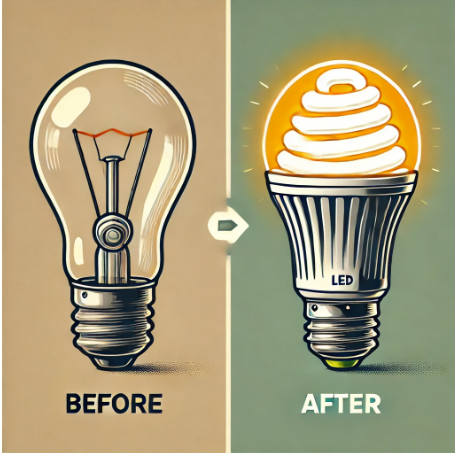Written by Oluwaferanmi O., Business Administrator, Enconverge In an era where sustainability and energy efficiency are more crucial than ever, small changes in our daily routines can drive meaningful impact. One of the most effortless yet powerful shifts you can make is transitioning to energy-saving bulbs. This simple step not only enhances your living space…...
Individual Premium Membership Required
You must be a Individual Premium member to access this content.
Already a member? Log in here





Comments are closed.